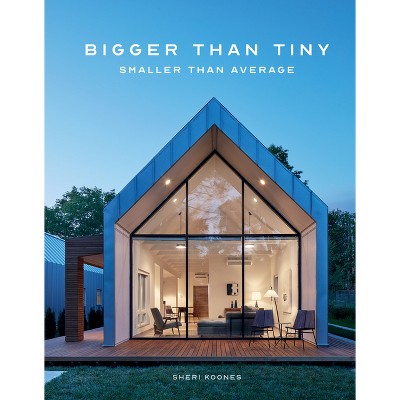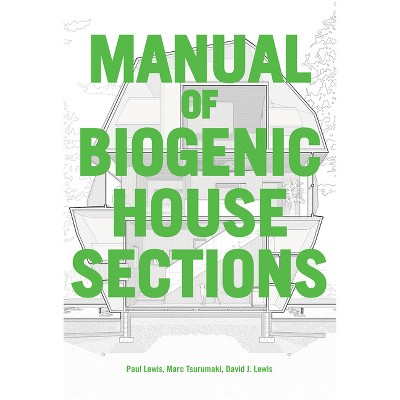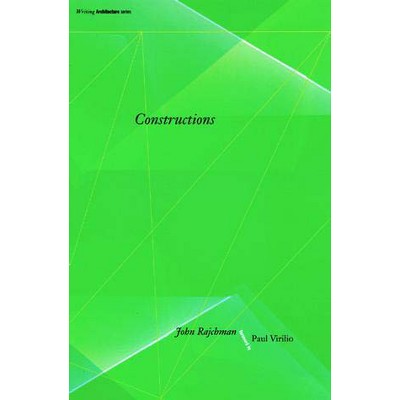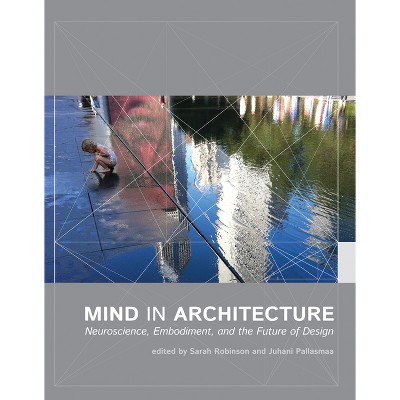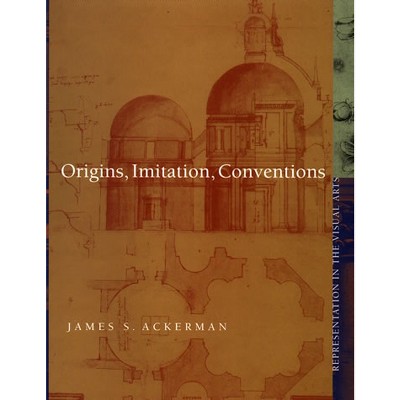About this item
Highlights
- Why some architects fail to realize their ideal buildings, and what architecture critics can learn from novelists.The usual history of architecture is a grand narrative of soaring monuments and heroic makers.
- About the Author: Timothy Brittain-Catlin is a Reader at Kent School of Architecture, University of Kent.
- 192 Pages
- Architecture, Criticism
Description
About the Book
Why some architects fail to realize their ideal buildings, and what architecture critics can learn from novelists.Book Synopsis
Why some architects fail to realize their ideal buildings, and what architecture critics can learn from novelists.The usual history of architecture is a grand narrative of soaring monuments and heroic makers. But it is also a false narrative in many ways, rarely acknowledging the personal failures and disappointments of architects. In Bleak Houses, Timothy Brittain-Catlin investigates the underside of architecture, the stories of losers and unfulfillment often ignored by an architectural criticism that values novelty, fame, and virility over fallibility and rejection.
As architectural criticism promotes increasingly narrow values, dismissing certain styles wholesale and subjecting buildings to a Victorian litmus test of "real" versus "fake," Brittain-Catlin explains the effect this superficial criticality has had not only on architectural discourse but on the quality of buildings. The fact that most buildings receive no critical scrutiny at all has resulted in vast stretches of ugly modern housing and a pervasive public illiteracy about architecture.
Review Quotes
...there are few books I can think of that describe the emotional engagement with architecture with such acuity. And despite the subject, Bleak Houses is anything but a bleak read.--Richard Williams, The Times Higher Education--
...this is one of the most intriguing, original and gently provocative books on the meaning of architecture for some while.
--Architecture Review--...It's a book that all who not only write on architecture but who also have a genuine interest in the welfare of the historic built environment ought to read.
--Alex Bremner, The Victorian--About the Author
Timothy Brittain-Catlin is a Reader at Kent School of Architecture, University of Kent. His writing has appeared in The World of Interiors, Architectural Review, and many other publications.
